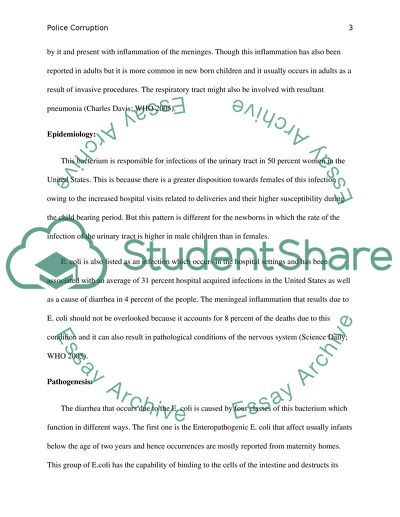Cite this document
(“Escherichia Coli bacterium Research Paper Example | Topics and Well Written Essays - 1000 words”, n.d.)
Retrieved from https://studentshare.org/family-consumer-science/1408735-write-a
Retrieved from https://studentshare.org/family-consumer-science/1408735-write-a
(Escherichia Coli Bacterium Research Paper Example | Topics and Well Written Essays - 1000 Words)
https://studentshare.org/family-consumer-science/1408735-write-a.
https://studentshare.org/family-consumer-science/1408735-write-a.
“Escherichia Coli Bacterium Research Paper Example | Topics and Well Written Essays - 1000 Words”, n.d. https://studentshare.org/family-consumer-science/1408735-write-a.


